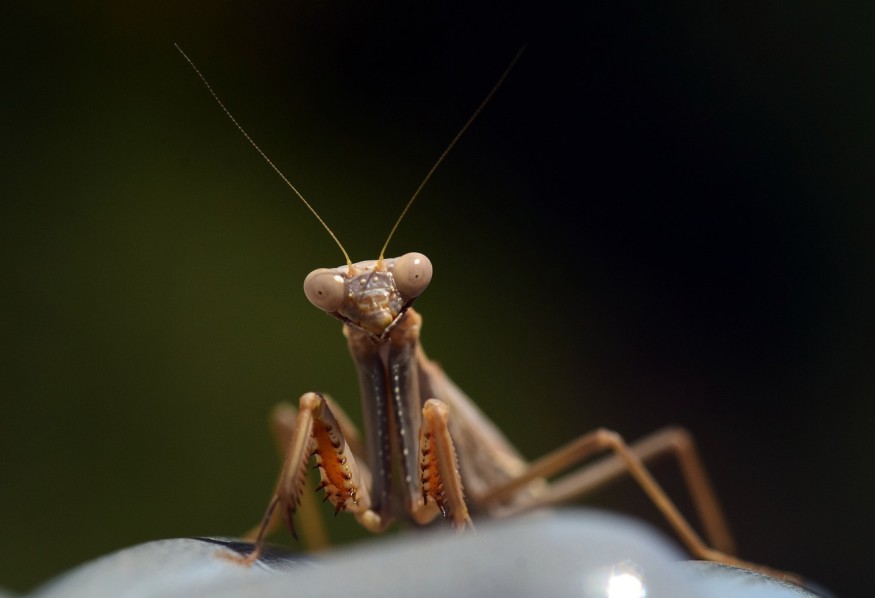Britain faces a praying mantis invasion as these creepy cannibalistic insects are spotted on the Channel Islands, suggesting climate change is during them northwards. The Sun reported that the insects are commonly found in France, but they have been recently found in the islands.
Also known as the European mantis (Mantis religiosa), these insects are called praying mantis because of the resting posture of its large front-most or raptorial legs. They are characterized by their elongated bodies, four wings, and highly mobile, triangular head with large eyes that evolved to help their raptorial legs capture fast-moving flying prey. Perhaps they are best for how females engage in sexual cannibalism during mating.

Northward Invasion of Creepy Cannibalistic Praying Mantis
Jersey Natural Environment records three European praying mantes arriving on the southeast coast of the Channel Islands in the last fortnight. One was found on a boat, and the other two were discovered on the east side of Jersey that was thought to have flown in.
Experts said that praying mantis is moving further north as the climate warms up, Daily Express reported. Sightings of these insects were reported on social media in which one islander reported having found the mantis "sadly dead" in her garden. Meanwhile, another person reports spotting a live one about 20 meters up the road from Chambers.
Islander Joe Gallez posted a photo of a praying mantis on the Guernsey Wildlife Facebook page, asking anyone to help him identify the insect that suddenly jumped onto him while sitting in Bel's football club changing rooms.
Guernsey's Agriculture, Countryside, and Land Management Services [ACLMS] team of experts told the Bailiwick Express that praying mantises have been moving northward in recent years, which is why they are seen on the island even though they are not native to the area. The range of insects has been changing due to the warming climate, and now it can be found as far as Poland.
They noted that praying mantises could also be found in North America, where they are introduced. Jersey's Sangan Island Conservation said these insects are breeding and should fit in with the ecosystem. So far, no studies have shown any negative impact from the arrival of praying mantises.
READ ALSO : 30-Million-Year-Old Baltic Amber Reveals First Adult Lacewing That Looks Like Praying Mantis
Praying Mantis Hunting and Breeding Behavior
According to National Geographic, the praying mantis is a formidable predator that can turn its triangular heads 180 degrees to scan its surroundings with two large compound eyes and three others between them.
They use camouflage to hide behind plants, lie in ambush, or stalk their prey. Their front legs are used to snare their food with quick reflexes that are difficult to see using the naked eye. They also have spikes in their legs that snare prey and pin them into place.
Praying mantises usually eat moths, crickets, grasshoppers, flies, and other insects, but they also eat their kind. Females are notorious for their sexual cannibalism behavior because they eat their mate after or during mating, a behavior that does not deter males from reproduction. They can lay hundreds of eggs in a small case, and nymphs hatch, looking like tiny versions of the adults.
Check out more news and information on Insects in Science Times.












